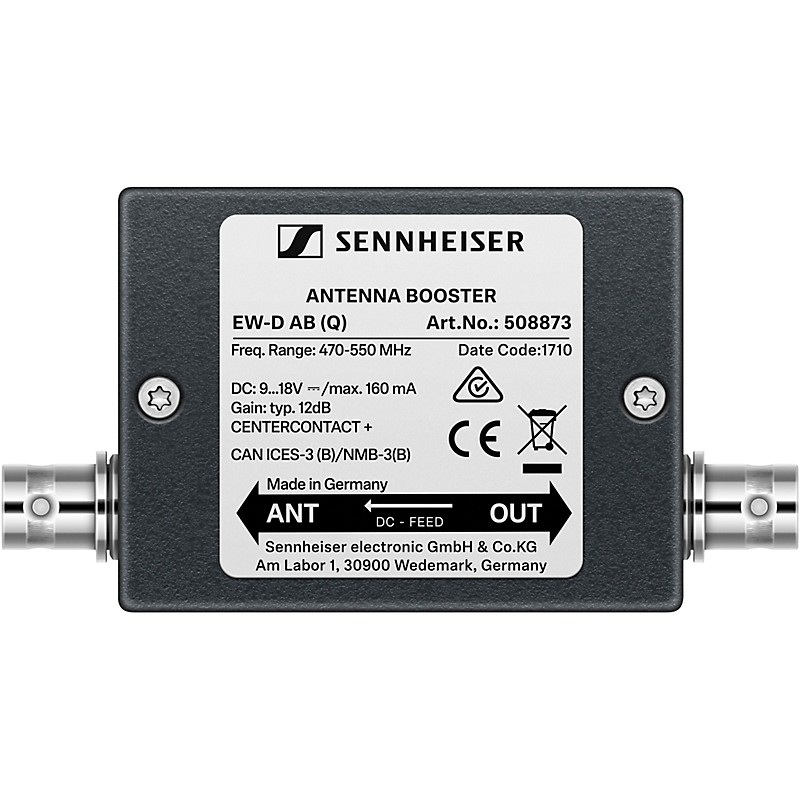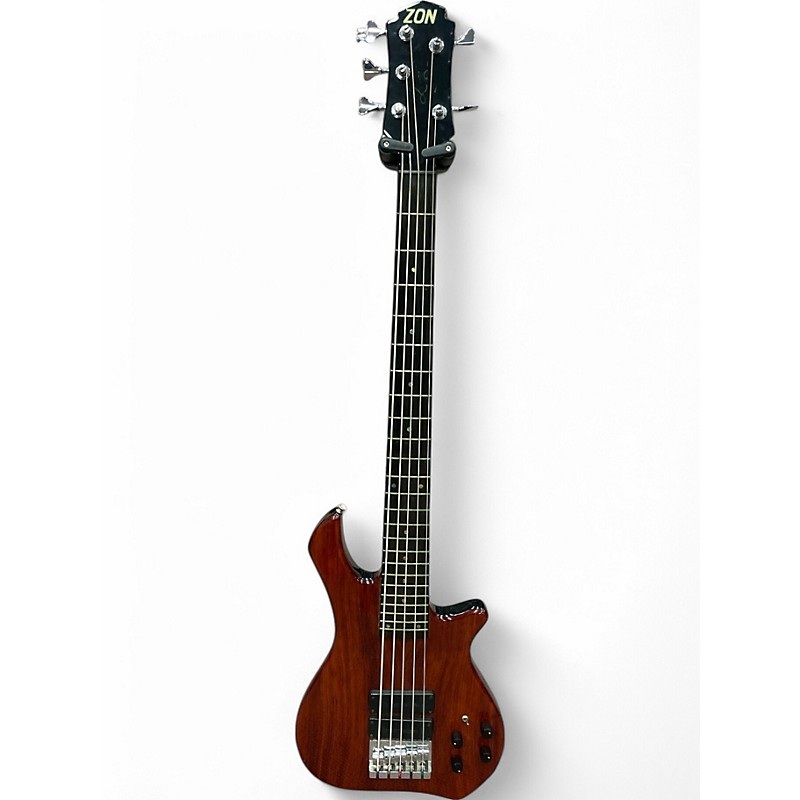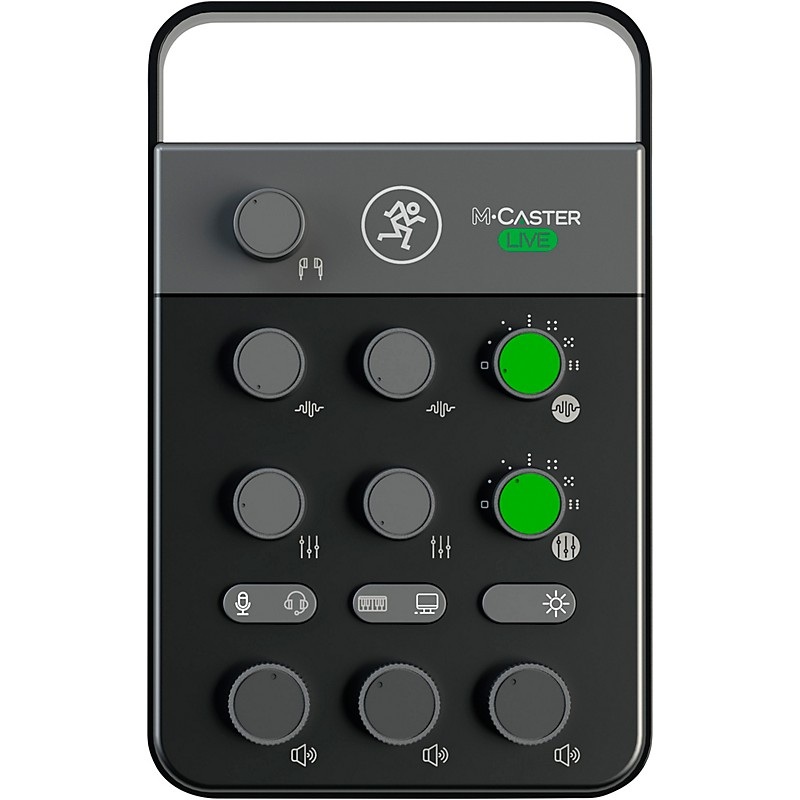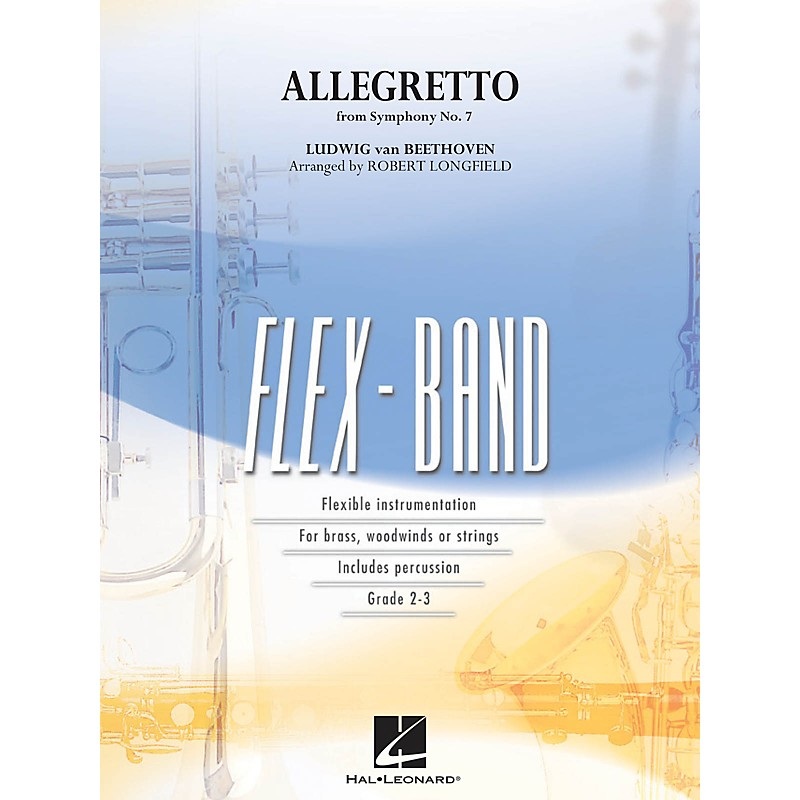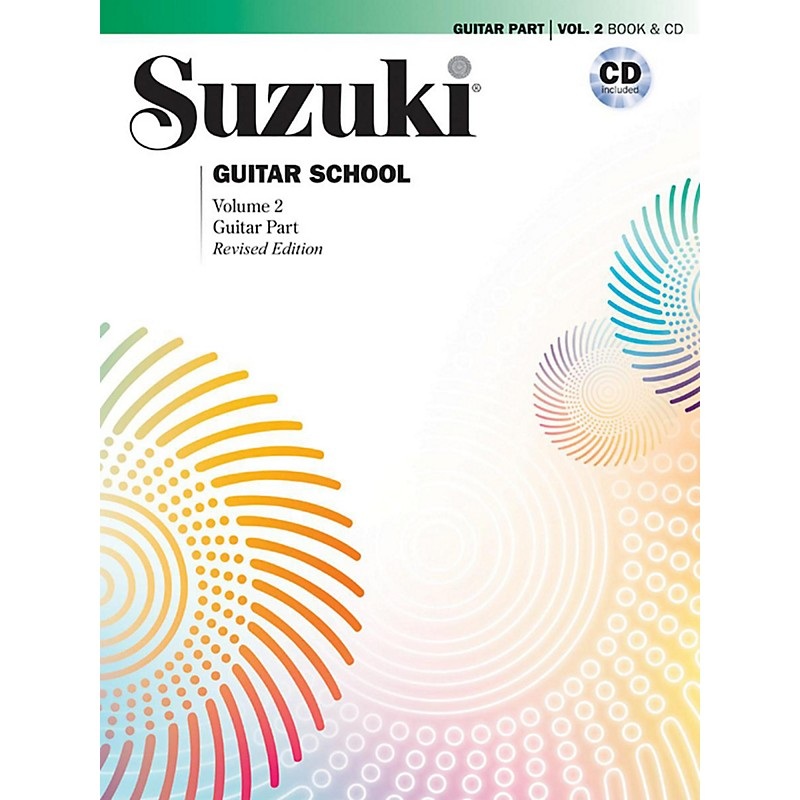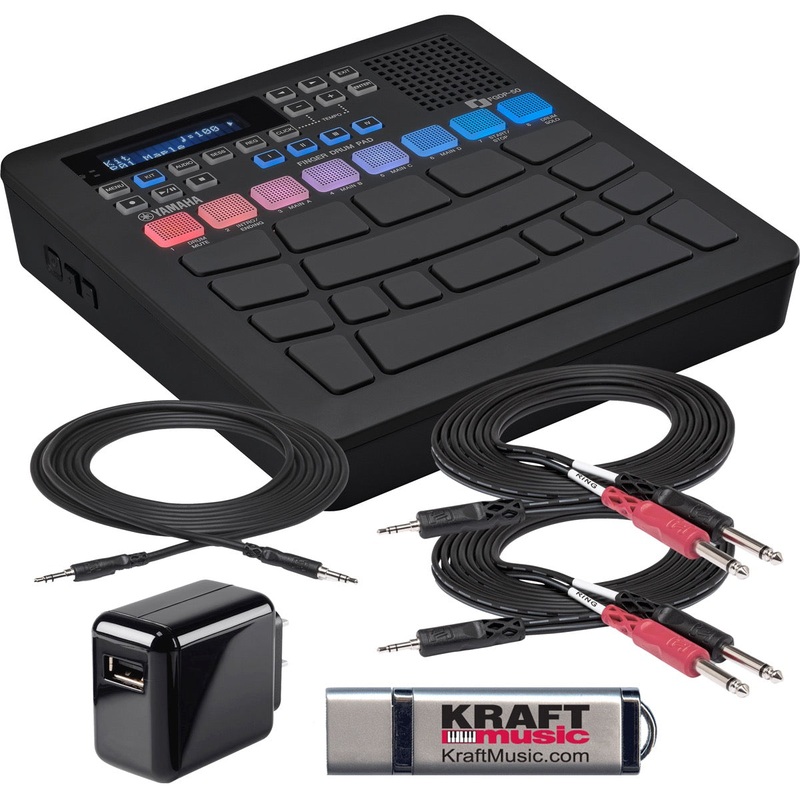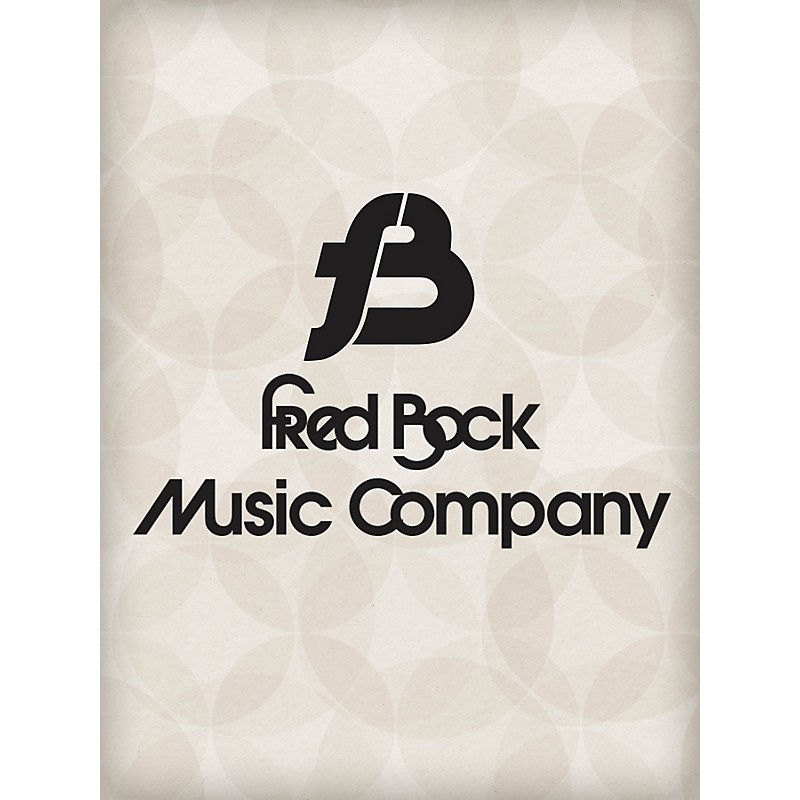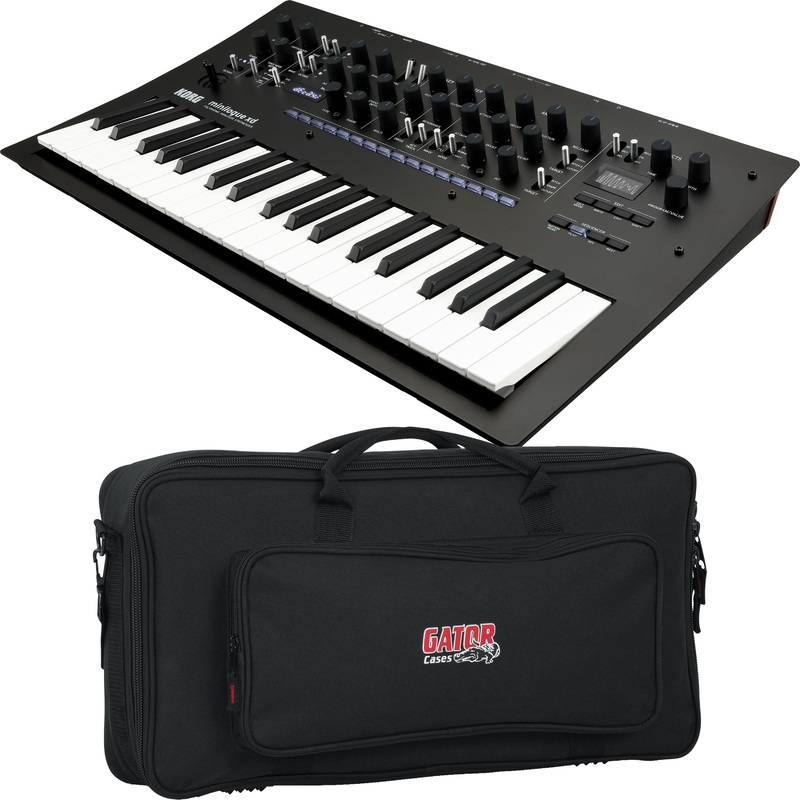
Korg Minilogue XD Polyphonic Analog Synthesizer CARRY BAG KIT
Korg Minilogue XD is a fitting successor for the original groundbreaking Minilogue. In addition to emphasizing the same real analog sound and joy of controlling an electronic musical instrument offered by the original Minilogue, Minilogue XD adds a digital multi-engine, effects, a powered-up sequencer and micro tuning functionality, further expanding the possibilities for sound design and performance potential.
- 4-voice polyphonic
- 37 slim keys with velocity sensitivity
- 2 analog oscillators
- Digital multi-engine
- Three effects types modulation effects, reverb and delay can be used simultaneously
- 16-step polyphonic sequencer
- X/Y joystick
- Micro tuning
- Oscilloscope and motion view display
Analog synthesizer circuit that shatters expectations for its class
The analog synthesizer circuit from Korg Minilogue has been further developed and improved for Minilogue XD. In addition to the distinctive circuits found in the series, such as waveshaping to shape the overtones of the oscillator and a sync/ring switch, there’s also cross modulation, a sharp two-pole filter and a drive switch that adds thickness and drives signal into Minilogue XD’s filter. The sounds range from the warm pads typical of analog to fat basses and crisp lead sounds, covering every situation.
Equipped with a digital multi-engine
The additional sound design possibilities of digital sound are delivered by the multi-engine that’s provided as a third oscillator in addition to the two analog VCOs. This engine, which is equipped with three different types of sound generator (noise, VPM and configurable user slot) lets you take advantage of a sonic character that’s different than analog and use it at the same time as the analog engine, infinitely expanding the potential of hybrid sound design.
Noise generator
The noise generator provides four types of noise that are indispensable for percussive sounds or for sound effects. You can use the digital filter to directly change the color of the noise.
VPM oscillator
Minilogue XD’s multi-engine features a VPM (variable phase modulation)/FM oscillator with a two-operator structure. It can produce sharp, metallic sounds with complex overtones beyond the possibilities offered by analog systems. With 16 types of oscillator and a SHAPE knob control, you’ll be able to create complex sounds intuitively.
User oscillators
User oscillators allow you to load your own oscillator programs that you created or obtained via the internet. There are 16 user slots, as well as one type of morphing wavetable oscillator provided as a preset.
High-quality digital effects
Minilogue XD’s high-quality digital effects use 32-bit floating point DSP processing, adding a finishing touch to its deep sound design platform. The three types (modulation effects, reverb, delay) can be used simultaneously, letting you choose from a wide range of variations including chorus, ensemble, warm tape delay and a diverse variety of reverbs. The user effect slots allow you to load your own effect programs that you’ve created.
User customization brings out infinite potential
Minilogue XD features a customizable open environment. The unit comes with 16 user oscillator slots and 16 user effect slots that you can customize. Oscillators and user programs that you’ve created with the SDK (software development kit) can be loaded into Minilogue XD via the dedicated librarian software. What sounds might arise from the fusion of the expanded digital oscillators with analog synthesis? Create original programs, share code and participate in the user community. You can start with sample code provided by Korg.
Polyphonic step sequencer controlled by 16 buttons
The step sequencer provides 16 steps and supports both realtime recording and step recording. You can use the 16 step buttons to select a step directly, allowing quick editing to replace the pitch of a step or to mute it, or even improvisatory performances. Motion sequence lets you record the movements of up to four knobs, adding time-varying change to the sound, and you can record not only smooth changes in value but also values that change precisely at each step. You can use this to design the sound differently at each step; for example, you might create a drum pattern or sound effect from just a single program. This allows countless ideas to be unleashed.
Four voice modes
In Poly mode, Minilogue XD operates as a four-voice polyphonic synth. In Unison mode, the unit operates as a monophonic synth with the four voices working in unison. In Chord mode, chords are produced using one to four voices. Arp/Latch mode provides a latchable arpeggiator with up to four voices that can also be used while the sequencer is running.
Joystick
The X/Y joystick controls pitch bend and modulation depth. You can also map any desired parameter to the up/down axis. Use it to control filter cutoff, LFO rate or other parameters for even more hands-on control of your patches.
Micro tuning
Minilogue XD is equipped with the micro tuning function featured on Korg Monologue, allowing you to individually adjust the pitch of each key. Built in are 23 preset tunings that include some created by Aphex Twin and Dorian Concept, and users can also create and store six user scales and six user octaves. Start by trying out the preset tunings of famous musicians and then advance to creating your own original tunings.
Oscilloscope and motion view display
The organic EL display provides oscilloscope functionality for you to view sound as the electrical signal’s waveform. This makes parameter changes visible in real time, giving you visual feedback that helps you understand how the synthesizer works. The display can also show motion view for visualizing the movement of a stored motion sequence.
A full complement of input and output jacks
Minilogue XD’s stereo output accommodates spatial effects such as reverb, delay and chorus. Two CV input jacks are provided with voltage levels of -5V to +5V. In addition to CV/gate, these can also input modulation signals, allowing you to use external devices to control parameters. There’s also a 1/4″ damper footswitch input.
Korg Minilogue XD is a fitting successor for the original groundbreaking Minilogue. In addition to emphasizing the same real analog sound and joy of controlling an electronic musical instrument offered by the original Minilogue, Minilogue XD adds a digital multi-engine, effects, a powered-up sequencer and micro tuning functionality, further expanding the possibilities for sound design and performance potential.
- 4-voice polyphonic
- 37 slim keys with velocity sensitivity
- 2 analog oscillators
- Digital multi-engine
- Three effects types modulation effects, reverb and delay can be used simultaneously
- 16-step polyphonic sequencer
- X/Y joystick
- Micro tuning
- Oscilloscope and motion view display
Analog synthesizer circuit that shatters expectations for its class
The analog synthesizer circuit from Korg Minilogue has been further developed and improved for Minilogue XD. In addition to the distinctive circuits found in the series, such as waveshaping to shape the overtones of the oscillator and a sync/ring switch, there’s also cross modulation, a sharp two-pole filter and a drive switch that adds thickness and drives signal into Minilogue XD’s filter. The sounds range from the warm pads typical of analog to fat basses and crisp lead sounds, covering every situation.
Equipped with a digital multi-engine
The additional sound design possibilities of digital sound are delivered by the multi-engine that’s provided as a third oscillator in addition to the two analog VCOs. This engine, which is equipped with three different types of sound generator (noise, VPM and configurable user slot) lets you take advantage of a sonic character that’s different than analog and use it at the same time as the analog engine, infinitely expanding the potential of hybrid sound design.
Noise generator
The noise generator provides four types of noise that are indispensable for percussive sounds or for sound effects. You can use the digital filter to directly change the color of the noise.
VPM oscillator
Minilogue XD’s multi-engine features a VPM (variable phase modulation)/FM oscillator with a two-operator structure. It can produce sharp, metallic sounds with complex overtones beyond the possibilities offered by analog systems. With 16 types of oscillator and a SHAPE knob control, you’ll be able to create complex sounds intuitively.
User oscillators
User oscillators allow you to load your own oscillator programs that you created or obtained via the internet. There are 16 user slots, as well as one type of morphing wavetable oscillator provided as a preset.
High-quality digital effects
Minilogue XD’s high-quality digital effects use 32-bit floating point DSP processing, adding a finishing touch to its deep sound design platform. The three types (modulation effects, reverb, delay) can be used simultaneously, letting you choose from a wide range of variations including chorus, ensemble, warm tape delay and a diverse variety of reverbs. The user effect slots allow you to load your own effect programs that you’ve created.
User customization brings out infinite potential
Minilogue XD features a customizable open environment. The unit comes with 16 user oscillator slots and 16 user effect slots that you can customize. Oscillators and user programs that you’ve created with the SDK (software development kit) can be loaded into Minilogue XD via the dedicated librarian software. What sounds might arise from the fusion of the expanded digital oscillators with analog synthesis? Create original programs, share code and participate in the user community. You can start with sample code provided by Korg.
Polyphonic step sequencer controlled by 16 buttons
The step sequencer provides 16 steps and supports both realtime recording and step recording. You can use the 16 step buttons to select a step directly, allowing quick editing to replace the pitch of a step or to mute it, or even improvisatory performances. Motion sequence lets you record the movements of up to four knobs, adding time-varying change to the sound, and you can record not only smooth changes in value but also values that change precisely at each step. You can use this to design the sound differently at each step; for example, you might create a drum pattern or sound effect from just a single program. This allows countless ideas to be unleashed.
Four voice modes
In Poly mode, Minilogue XD operates as a four-voice polyphonic synth. In Unison mode, the unit operates as a monophonic synth with the four voices working in unison. In Chord mode, chords are produced using one to four voices. Arp/Latch mode provides a latchable arpeggiator with up to four voices that can also be used while the sequencer is running.
Joystick
The X/Y joystick controls pitch bend and modulation depth. You can also map any desired parameter to the up/down axis. Use it to control filter cutoff, LFO rate or other parameters for even more hands-on control of your patches.
Micro tuning
Minilogue XD is equipped with the micro tuning function featured on Korg Monologue, allowing you to individually adjust the pitch of each key. Built in are 23 preset tunings that include some created by Aphex Twin and Dorian Concept, and users can also create and store six user scales and six user octaves. Start by trying out the preset tunings of famous musicians and then advance to creating your own original tunings.
Oscilloscope and motion view display
The organic EL display provides oscilloscope functionality for you to view sound as the electrical signal’s waveform. This makes parameter changes visible in real time, giving you visual feedback that helps you understand how the synthesizer works. The display can also show motion view for visualizing the movement of a stored motion sequence.
A full complement of input and output jacks
Minilogue XD’s stereo output accommodates spatial effects such as reverb, delay and chorus. Two CV input jacks are provided with voltage levels of -5V to +5V. In addition to CV/gate, these can also input modulation signals, allowing you to use external devices to control parameters. There’s also a 1/4″ damper footswitch input.


